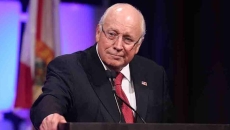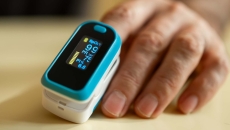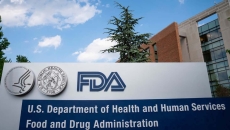medical devices
Cheney said that the MedTech tax was a barrier to medical innovation.
Dr. Daniela Carvalho, pediatric otolaryngologist at Rady Children's Health in San Diego, shares insights on performing California's first pediatric Nucleus Nexa cochlear implant and what this means for the future of pediatric hearing care.
Dr. Erik Langhoff, chief medical officer and consultant for the Bronx Regional Health Information Organization, discusses how the agency is addressing safety and efficacy in AI.
The company intends to partner with healthcare, biopharmaceutical, medical device and diagnostic companies.
Connor Glass, founder and CEO of Phantom Neuro, explains how the company's muscle-machine interface for amputees is enabling the development of advanced prosthetic limbs designed to function as natural extensions of the human body.
The financing is in addition to a $1.8 million NIH grant for a Veris implantable physiological monitor.
HIMSS25
Gunnar Trommer of BCG X and Erik Adams of BCG give highlights of their upcoming HIMSS25 panel on the capital needed to develop and commercialize AI-powered medical devices and on completing regulatory milestones like 510(k) clearance.
The new draft guidance aims to help improve the accuracy of pulse oximeters in patients across the range of skin pigmentations.
The guidance recommends a PCCP describe the planned AI-DSF modifications, the associated methodology to develop, validate and implement them, and assess the impact of the changes.
Dr. Jay Anders, chief medical officer at Medicomp Systems, says it is necessary to slow down AI implementation due to a lack of transparency, AI not being trained on real-patient data and the potential implications of synthetic data use.








